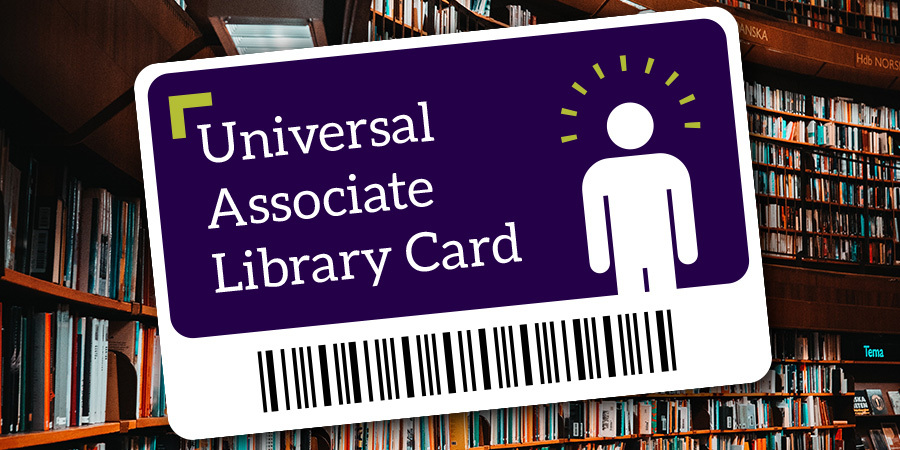Training can make the difference between getting average results and completely knocking the ball out of the park. You can build the perfect branch with a design even Apple envies, integrate the newest, most innovative technology and hire great staff–but if your associates aren’t trained on how to deliver on your strategy to elevate the branch experience, you’ll never see the results you’re looking for.
Surprisingly enough, there are many organizations that believe making the switch to universal banking is easy and that all you need to prepare for this is a brand new title for associates. Unfortunately, it’s not that simple. Something has been forgotten, and that something is training. Training is the most overlooked (and underemphasized) element when universal associates are being brought to branches.
To tie everything together, maximize the benefits of universal associates, accurately define where you need to start, and ensure your associates can fully embrace and execute on your strategic and operational intent, training must become a priority for your branch network. Why? Because the move to the UA model requires a massive shift in mindset, process, people, and technology from the entire team–and changes of this magnitude are too involved (and too important) to roll out through a company-wide email or Powerpoint presentation. Instead, it’s all about employing a consistent, “all hands on deck” approach from the very beginning to strengthen your team and break habits of the past. Not only does this clear the slate for a solid new foundation, it helps refresh your current culture to thrive within this new model.
HOW LONG SHOULD THE UA TRAINING PROGRAM LAST?
The typical length of a universal training program ranges from 8 to 12 weeks. After the model is piloted, the evaluation will surely follow. Career paths become more defined, technology is tested, and feedback is given for constant improvement. Because of this, consolidated ongoing training to “refresh” employees on the universal strategy, branch goals, and potential modifications, will be key to success.
WHAT SHOULD THE UA TRAINING PROGRAM INCLUDE?
The Universal Associate training program can be broken down into three key areas:
FOCUS SHIFT TRAINING
Start off your staff’s onboarding by overcommunicating the shift in focus. By helping your staff truly understand the universal model, the strategic intent behind its implementation, and what it means for them personally, you‘ll begin with correct expectations on what delivery of the enhanced client experience should be. In this first portion of training, it’s all about transparency. In addition to creating an open dialogue for any questions or concerns, anticipate what your staff may ask ahead of training and plan on delivering answers to questions before they ask. Lastly, ensure your staff walks away knowing that you are all in this together as one team. Without every moving part operating at its full potential, this model won’t achieve the results you’re looking for. Every staff member plays a significant role in delivering an incredible client experience from end to end–and every interaction counts!
SKILLS TRAINING
Now that you’ve helped your staff define the universal associate strategy and their individual roles, it’s time to train them on the skills they’ll need to master for their daily responsibilities. While universal associate skill sets can vary from branch to branch, comprehensive training on the below areas (and technology used to complete them) should be completed:
• New accounts
• Teller training
• Regulatory and compliance
• Small business lending
• Community involvement
• Operations
• Service quality standards
• Consumer lending
In addition to the areas above, more in-depth training must be done on the skills that are equally important but not clearly defined. While teller training can be transactional, there are plenty of situations within the branch without predictable outcomes, requiring universal bankers to think on their feet, like:
• Client relationship building
• Understanding products and services and where they fit into a client’s lifecycle
• Understanding customer needs, promoting needs-based selling
• Non-negotiables, like minimum service standards
• Conflict resolution and best practices for handling tricky situations
• Teamwork and best ways to support other universal associates in the branch
IN-BRANCH PRACTICE
Great–your team is up to speed on all the skills they’ll use in the branch, but they haven’t even stepped into the branch as a UA (yet!). This last part of training, in-branch practice, is the final piece of the puzzle, taking staff from the immersion into the new universal mindset to then utilizing the branch space, technology, and skillset to seamlessly complete a start-to-finish interaction with phenomenal customer service.
Your practice runs shouldn’t include clients as your test subjects for universal associate training; in fact, clients should feel like your team members have been in universal associate roles for years from the moment they begin a conversation. Without a dress rehearsal in the actual branch environment, your staff may walk in on a Monday morning and completely freeze–especially if you’ve recently made any changes in design or technology.
Learn more about the Universal Associate Model with our UA Resource Library! →
INTRODUCING: DELIVERY DEFINED
Developing a training program is a lot of work (it’s a full-time job on its own!), and new initiatives within the branch are too important to let slip. That’s why CFM offers a program called Delivery Defined to help you support your staff and maximize the success and benefits of your new staffing model.

Delivery Defined allows for your associates to get involved in the training process, compiles extensive research on your market and desired branch state, and packages up everything you need to flawlessly execute a universal staffing model–customized to your branch. This includes:
• Hiring process, including roles and profiles
• Training
• Talk tracks
• Sales playbooks
• On-site reources to train your staff
• Role playing and other exercises
• Branded playbook to map out every transition or situation that could happen (trust us, we’ve seen it all!)
If you’re interested in learning more about bringing the Delivery Defined program to your branch(es) to simplify the introduction of universal associates, click here to get in touch with a member of the CFM team.

